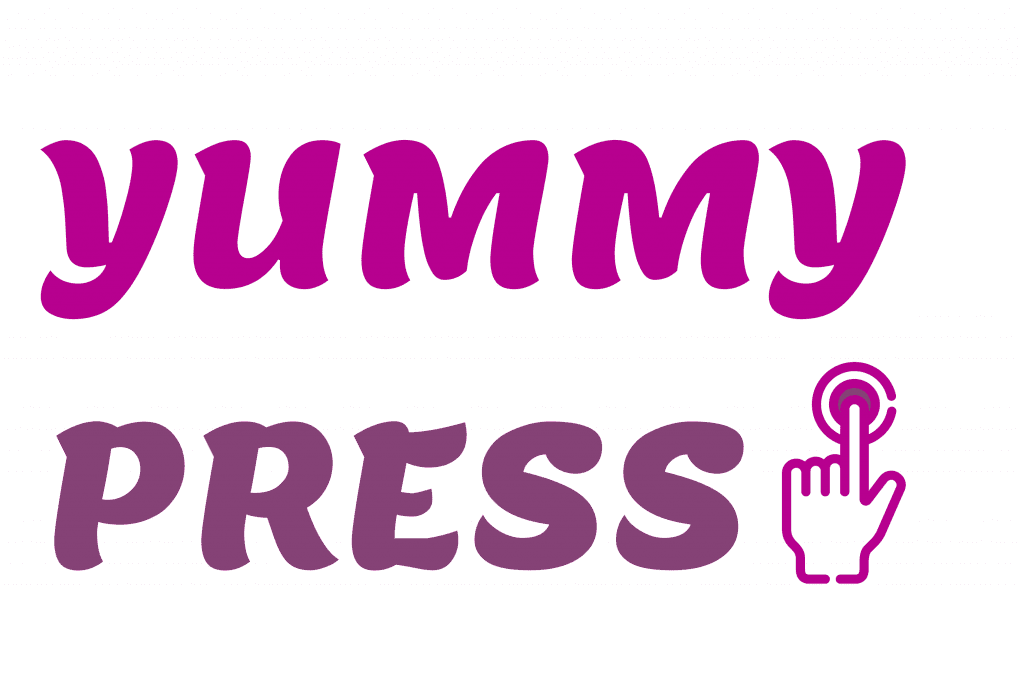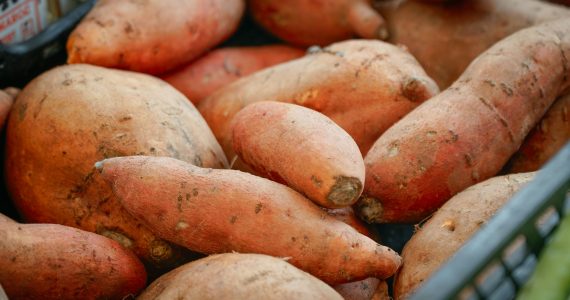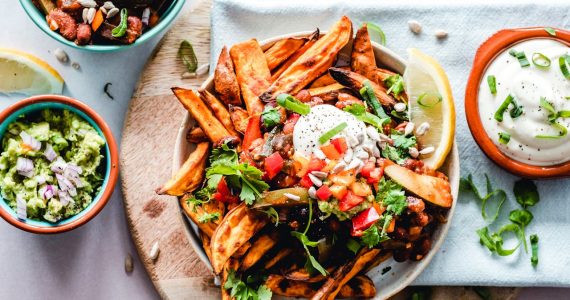The concept of healthy cooking has been ever-present, but people have become all the more health-conscious since the pandemic hit. The monotony or the excitement in cooking has given way to the cognizance of the ingredients to be used and whether they pass critical health parameters.
According to Manhattan-based nutritionist Maria Marlowe, cooking is no more a chore but has become one of the most powerful tools to nourish our bodies; in her words – a moving meditation!
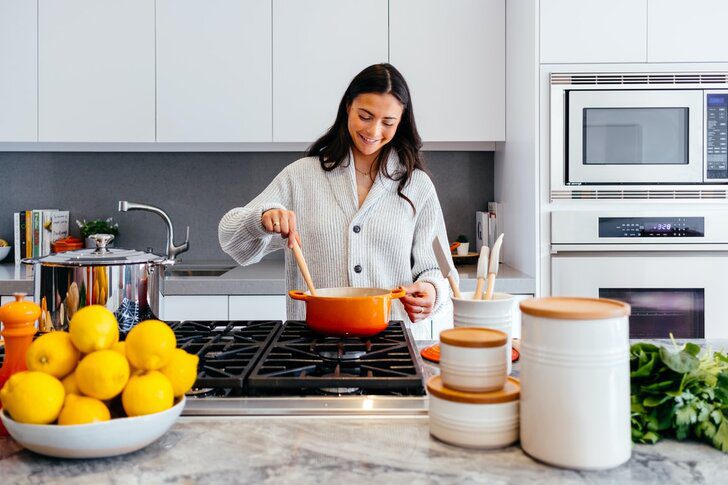
Keeping aside the health factor, why should one start cooking at home?
- Because with it, you’re in control of what you take in
- It helps in cutting on the calories and preservatives used outside
- Of course, it enables you to save a bunch of expenses
- With it, you can get all creative and amp up your culinary skills!
But is cooking healthy food extremely demanding? Well, absolutely not! Just choose the right ingredients, follow the tricks given below, and voila, you’re done!
#1 – Include fats but only the healthy ones
For a not-so-enlightened health freak, fats are a big no. But this isn’t right. Fats, too are an extremely necessary constituent of our diet. But the healthy ones, of course! For your convenience, below, we’ve shown the entire division of fats.
Fats can be segregated into two classes – saturated, which are unhealthy, and unsaturated, which are healthy.
Saturated fats are unhealthy simply because they increase bad cholesterol and decrease good cholesterol. Further, they also increase the risk for heart disease. So, the foods that you should avoid are cheese, butter, cookies, crackers and cakes. However, eating them once in a blue moon won’t cause much harm.
Now, unsaturated fats can be further subdivided into two subtypes:
- Monounsaturated fats which control blood sugar and lower the risk of heart disease. Ingredients that contain this type are sunflower oil, peanuts, olive, canola, along with other nuts and seeds.
- Polyunsaturated fats which aid the body in muscle movement and blood clotting. Ingredients that contain this type are flaxseed oil, ground flaxseed, sunflower seeds, fatty fish such as mackerel, salmon, sardines, trout, canola oil, sesame oil, and so on.
Hence, before you buy the ingredients, do read the label properly.
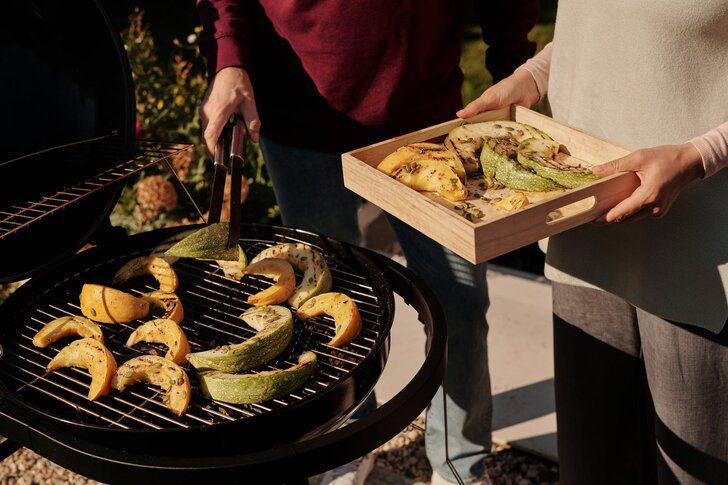
#2 – Redefine your cooking methods
Another point that needs to be taken care of is your cooking method. The preferred methods? Steaming, grilling, broiling, sautéing, and searing produce the healthiest food. However, over-steaming makes the vegetables absolutely inedible. Sautéing or grilling can be done at a higher temperature, and for that, avocado oil is a good choice because it has higher heat capacity. But no matter what, do away with deep frying, as with it, not only is your food soaked in excess oil, but it also loses all the essential nutrients.
#3 – Make the freezer your bff
Before this year ends, make the freezer your bff! Because once you do, you’ll be obtaining countless benefits!
One of the prime reasons why we gulp down unhealthy food is the lack of time; that is, for someone who’s mostly outdoors, he/she gets very little time to cook daily. Consequently, he/she ends up eating unhealthy food. Stockpiling meals in your freezer would then prove to be helpful.
Once you return home from a toiling day at work, you can simply heat the previously prepared frozen food and gorge on! Stews, turkey meatballs, soups, chicken or pork, and spinach lasagna can be stockpiled without worrying.
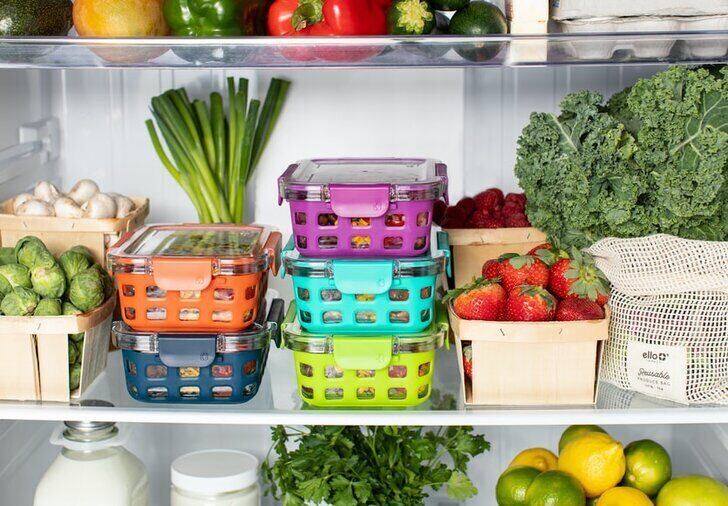
Wrapping it up
9-5 jobs have taken away the delight of cooking from our lives. But with the pandemic and WFH, people have made their way into kitchens once again. So let’s enjoy this to the fullest by cooking healthy, eating healthy, and living healthy!
